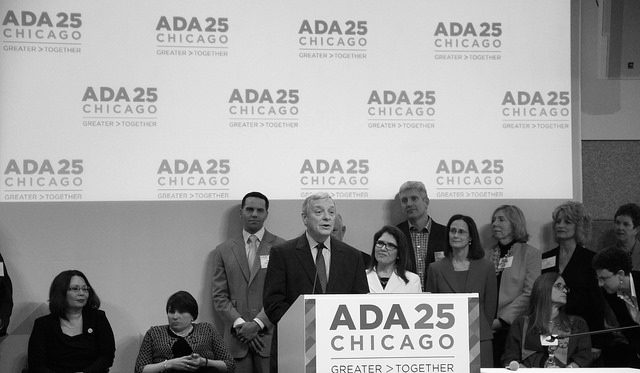
Activists, political leaders, and the general public view the Americans with Disabilities Act as one of the most important pieces of U.S. civil rights legislation. The law unquestionably improved the lives of people with disabilities in many ways, especially by enhancing their access to businesses and public places. But it has fallen short of one of its major goals: to boost employment and earnings. Twenty-five years later, the employment rate among people with disabilities is still considerably lower than among those without disabilities; and when people with disabilities do find jobs, they earn substantially less than those who have no disabilities.
My colleague Michelle Maroto and I have looked into why the Act fell short in this important respect, especially given that similar legislation, including the Civil Rights Act, accomplished more in reducing discrimination in the workplace.
Why Did the Act Fall Short?
In the scholarly literature and public documents and testimony, there are two hypotheses about why the Americans with Disabilities Act failed to improve employment and earnings. The unintended harms perspective argues that, by requiring workplaces to make changes for employees with disabilities, the law unintentionally discouraged hiring. And the judicial resistance perspective faults Congress for leaving much of the law’s enforcement in the hands of the courts, whose actions or delayed actions undermined effectiveness.
Both of these possible explanations presume that institutional contexts – the market economy, the court system – influence how legal intentions get translated into real-world outcomes. Scholars who pay close attention to the influence of institutions believe that labor market outcomes (and other economic outcomes) are shaped by more than just supply and demand. Federal and state legislatures, enforcement agencies, and the courts engage in activities that also influence economic outcomes that policymakers have tried to affect. Thus, proponents of the judicial resistance argument, for instance, suggest that court decisions distorted Congressional intentions and often undercut the role of the Equal Employment Opportunity Commission in applying the Americans with Disabilities Act to various workplaces.
What Our Research Shows
My colleague and I sought to untangle the roles of legal requirements, state and federal institutions, and individual characteristics in shaping trends in employment and earnings among people with disabilities from 1988 to 2012. We used nationally representative data about workers from the U.S. Current Population Survey, and also examined Supreme Court decisions and state-level data on complaints about disability issues registered with the Equal Employment Opportunity Commission. Our study cannot shed light on what would have happened if the national law had never been passed, but we can use comparisons across time, across types of workers, and across the states to establish some trends and explanations.
In 2012, adults with disabilities had an employment rate that was 40 percent lower than adults with no disabilities, even after we took into account differences among people in education, family situation, and other characteristics that could influence employment.
- Employment gaps between people with disabilities and others increased both during periods of economic slowdown and times of economic growth.
- People with disabilities earned about 33 percent less than people without disabilities in 2012, even after taking into account other relevant characteristics – and the earnings gap has remained largely unchanged over twenty-five years.
- Better-educated individuals with disabilities fared better than others in both employment and earnings. Having a college degree seems to have had a protective effect for people with disabilities, helping them to overcome possible negative perceptions among employers.
- Earnings among people with disabilities were greater in unionized workplaces and those with health benefits.
Patterns of enforcement mattered – in states, courts, and the federal bureaucracy:
- Higher levels of enforcement activity by the courts and the Equal Employment Opportunity Commission were negatively associated with employing people with disabilities.
- States also legislated against discrimination. Regardless of economic conditions, employment rates for people with disabilities were reduced by 4.4 percentage points in states that were slower to act.
- Earnings were not affected by enforcement, and only slightly affected by state legislation.
Moving Forward
Our analysis showcases the importance of thinking about the politics following the passage of landmark legislation, not just the politics leading up to it. Our data lend some credence to both the unintended harm and judicial resistance arguments about why implementation of the Americans with Disabilities Act failed to markedly improve employment and earnings. In 2008, Congress took note of these shortfalls by passing amendments intended to strengthen the impact of the original law. Future research needs to monitor the impact of these amendments. In the process, close attention should be paid to how legal provisions and rulings influence ongoing decisions by employers. In addition, our study underlines the importance of reducing educational barriers for people with disabilities, doing all that can be done to help them gain training and degrees. So far, educational gains have done the most to help Americans with disabilities overcome barriers in the labor market.

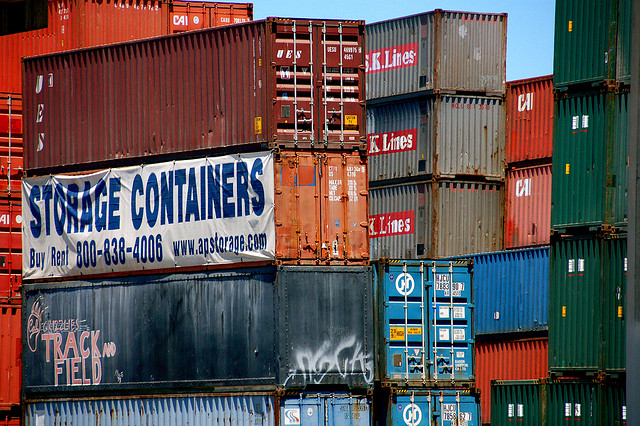
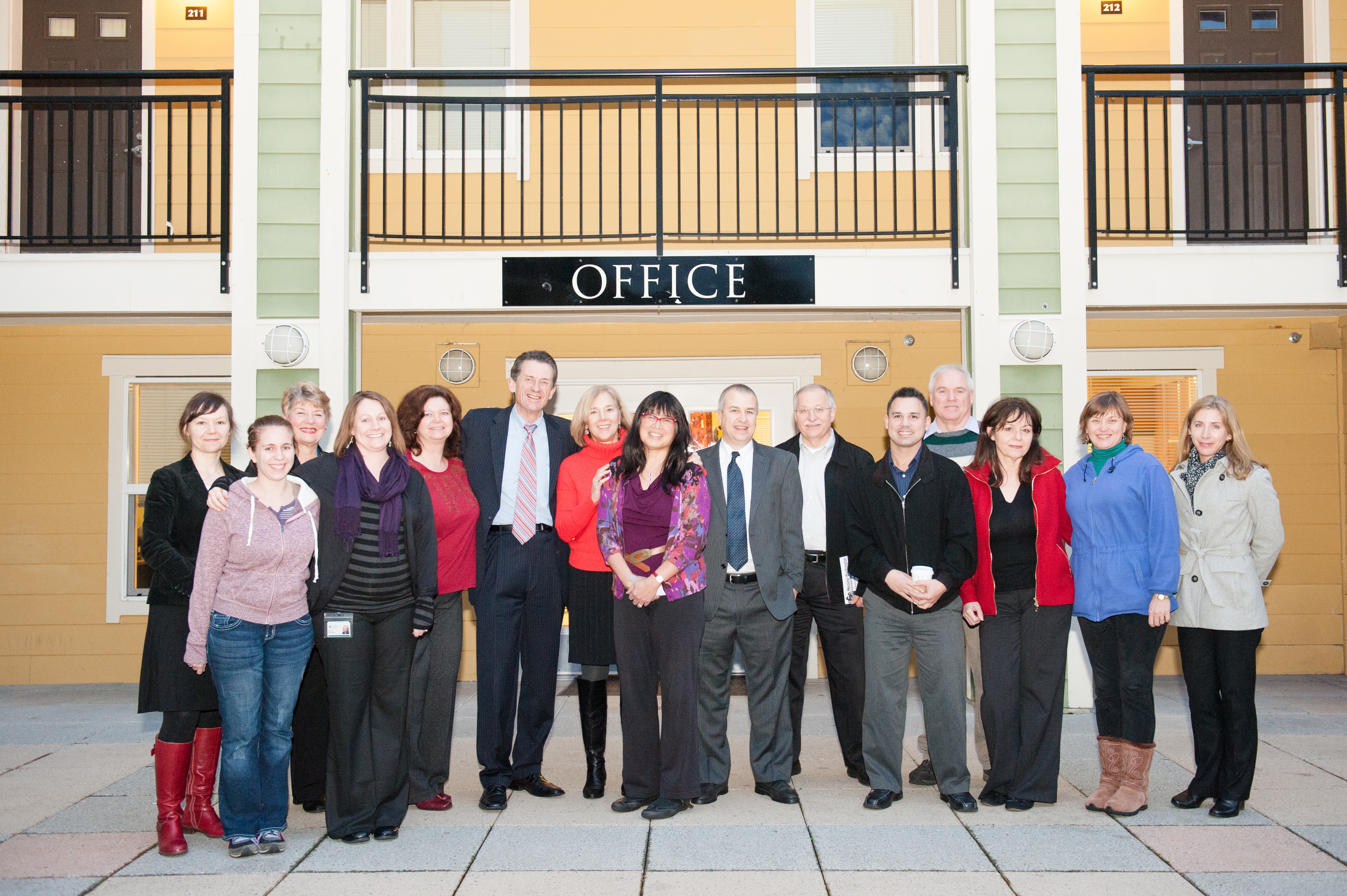
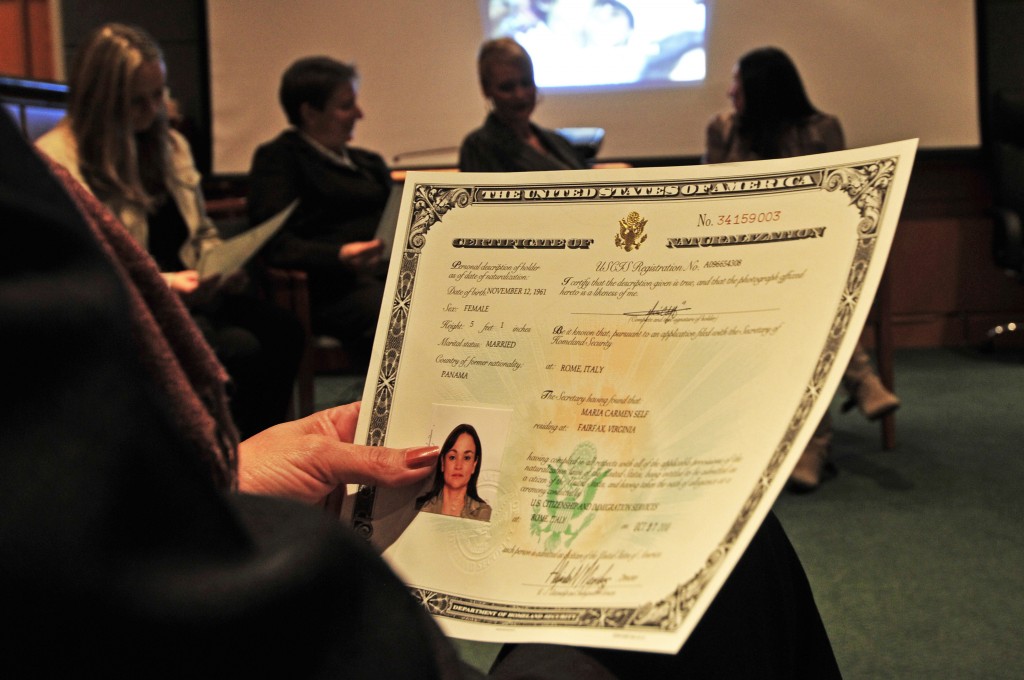
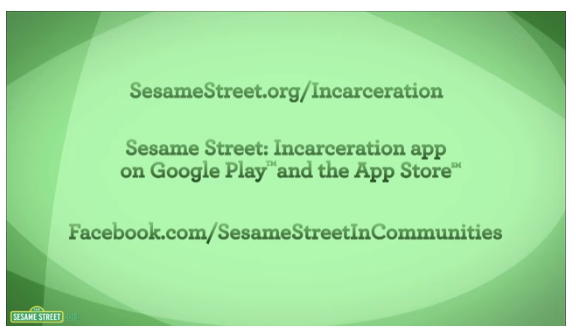
 Research to Improve Policy: The Scholars Strategy Network seeks to improve public policy and strengthen democracy by organizing scholars working in America's colleges and universities. SSN's founding director is Theda Skocpol, Victor S. Thomas Professor of Government and Sociology at Harvard University.
Research to Improve Policy: The Scholars Strategy Network seeks to improve public policy and strengthen democracy by organizing scholars working in America's colleges and universities. SSN's founding director is Theda Skocpol, Victor S. Thomas Professor of Government and Sociology at Harvard University.